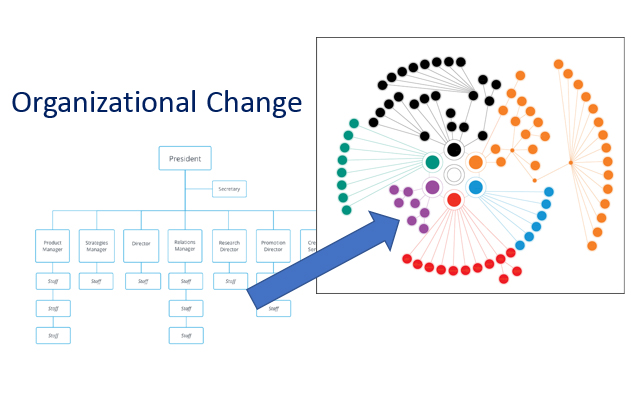Author: Henri Azibert
A few months back we looked at generational trends among workers, but on an organizational level, similar trends can be detected. Indeed, an organization’s culture changes and evolves over time, and the transition can be seamless as stockholder’s reports like to portray. But is it always?
As market trends and technology changes, a corporation or organization that is based on a specific technology (or operates within these markets) must adapt. Efficiency must increase, pricing must decrease, speed to market is quickened, delivery methods change, etc.
The organization may have started from some new unique technology or product that provided a significant advantage. It then grew from a small local supplier to a worldwide presence; but the transformation did not occur without some major detours. How to stumble is not too difficult to imagine.
The strong initial engineering focus started to fade. The quality department minimized its inspection program and replaced it with generic statistical methods and dock-to-stock programs. In the process, it lost its ability to identify significant problems or the steps to remedy them. Long-term employees retired and new employees training plans never made it into the budget as flashy new equipment was purchased at great expense.
Some market downturns forced layoffs of experienced workers, and when favorable conditions returned, it was difficult to replace the lost skilled labor. While at some point the wealth of the enterprise was its workforce, the newly hired top-heavy management saw no benefit inside and started to look outside for innovation and imagination.
Instead of promoting and supporting in-house development, the preference shifts to the acquisition of some successful start-up. It is then saddled with complex procedures and processes that negate all the benefits of the light and responsive organization that fostered innovation in the first place. The lack of success is approached with the latest fad or problem-solving method, led by experts in the process saddled by a total lack of understanding of the product or technology. Recipe solutions developed for other problems are forced with damaging results. Finance places short-term profit over long-term growth. And growth does come, but it is negative.
How to adapt is much simpler, and a lot more rewarding.
The first realization is that there are no magic answers or silver bullets. Hard work and sustained focus are crucial. There is very little glamour in this approach, but it is effective. Just as essential comes the understanding of how the organization has grown over time. This allows the organization to put emphasis on development of the good and productive, work on the mediocre, and abandon the bad.
A long-term goal is established as a beacon. Nothing complicated; growth and long-term profit will suffice. Distractions are avoided, although there is no fear to be opportunistic. If a good opportunity presents itself, it is embraced. It can lead to more opportunities.
In case of a market downturn, the focus remains on efficiency and retaining the core expertise. In-house development of product and process is re-energized. The sense of identity is fostered with investment in manpower, worker development, as well as equipment. This is where intimate knowledge of the people, the process, and the technology pays off.
Instead of management to extinction, leadership that is bold and visionary brings greatness in sight. New technology is enthusiastically embraced with a voracious appetite for all the changes in the technical world – whether it be product, distribution, or communication channels. Suspicion of the trendy prevents adoption of the burdensome in favor of the useful.
Looking to the future and not the past creates the successful future from the past.




